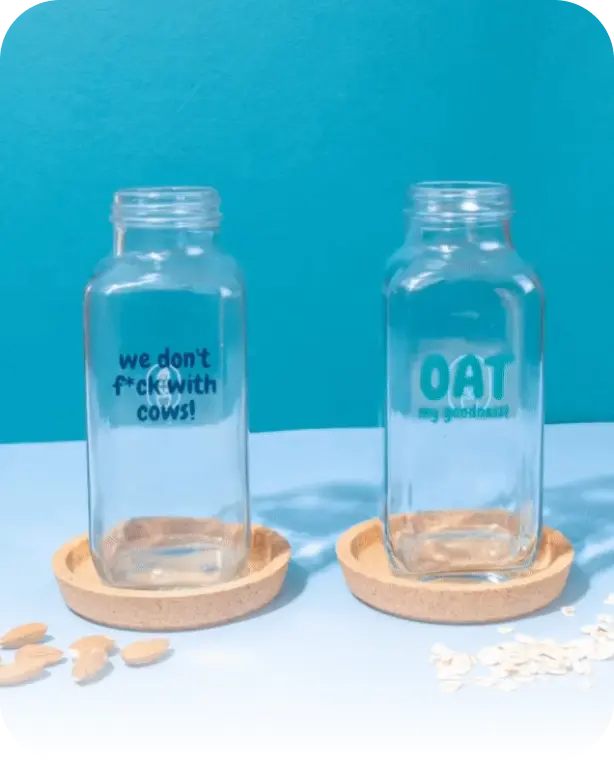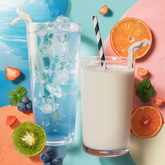Per- and polyfluoroalkyl substances (PFAS)—often called "forever chemicals"—have infiltrated water supplies worldwide due to past use in nonstick cookware, waterproofing, firefighting foams, and more (theguardian.com). Their persistent nature and potential links to cancer, fertility issues, kidney disease, and thyroid problems have elevated concerns globally .
Why ordinary filters often fall short
1. Activated carbon (GAC) systems
- Widely used in countertop pitchers, faucet attachments, and whole-house filters, GAC works by adsorbing longer-chain PFAS.
- Yet, its performance is inconsistent: long-chain PFAS may be removed 60–90%, but short-chain ones—often as harmful—are filtered at just 40–60%, and effectiveness depends heavily on filter design, water composition, and maintenance (pubs.acs.org).
- Misleadingly, some whole-house GAC units can actually increase PFAS levels post-filtration (pubs.acs.org).
2. Reverse osmosis (RO) and multi‑stage under‑sink systems
- These consistently achieve ≥ 90–99% removal of both long- and short-chain PFAS when properly installed and maintained (pubs.acs.org).
- Downsides include high upfront costs ($400–$1,000+), reliance on sufficient water pressure, limited flow rates, significant wastewater, and the need to replenish removed minerals .
3. Emerging technologies
-
Ion-exchange resins and nano/membrane filtration show promise—especially for shorter-chain PFAS—but widespread, cost-effective, certified options remain limited (wateronline.com).
Challenges for homeowners
- Certification gaps: Many NSF/ANSI certifications (53, 58) don't yet ensure removal to new EPA advisory levels, which recently dropped to extremely low thresholds—0.004 ppt for PFOA, 0.02 ppt for PFOS .
- Maintenance dependency: Filter performance decreases over time without timely cartridge replacement. Some systems even fail due to misinstallation or bypass valves (ncbi.nlm.nih.gov).
- Health tradeoffs: RO removes beneficial minerals, potentially affecting water taste and plumbing, while bacteriological risks may rise in carbon filters that strip disinfectants (theconversation.com).
- No single panacea: Your drinking water may only account for ~20% of total PFAS exposure—diet, food packaging, personal care items, and dust are also contributors (actonexchange.org).
Best practices for reducing PFAS at home
- Prioritize RO or two-stage under-sink filters, especially if your water provider lacks PFAS testing or fails to meet EPA advisories.
- Choose certified filters (NSF/ANSI 53 or 58) that explicitly indicate PFAS testing, ideally with documented performance down to EPA advisory levels.
- Maintain diligently: Replace cartridges per schedule (often yearly) and monitor system function closely.
- Conduct periodic testing, particularly if your water originates from wells or PFAS-prone areas.
- Reduce PFAS sources beyond water: Swap non-stick cookware for stainless/cast iron, avoid stain-resistant treated textiles, and minimize packaged foods (theconversation.com, health.com).
-
Advocate for better regulation: Municipality or utility-level treatment and stricter standards remain the most robust long-term protections .
While no single in-home filter can guarantee complete PFAS removal, reverse osmosis and advanced under-sink systems remain the most effective currently available options. Activated carbon filters provide only partial, inconsistent protection, particularly against short-chain PFAS. For families seeking dependable daily protection, investing in a well-designed, certified system—and maintaining it meticulously—is key.
The Watery offers a thoughtful step in the right direction for those committed to improving their home’s water quality. By supporting smart hydration habits and complementing more advanced filtration systems, The Watery helps reinforce a lifestyle centered on wellness and transparency—where what’s left out of your water matters just as much as what’s in it.















